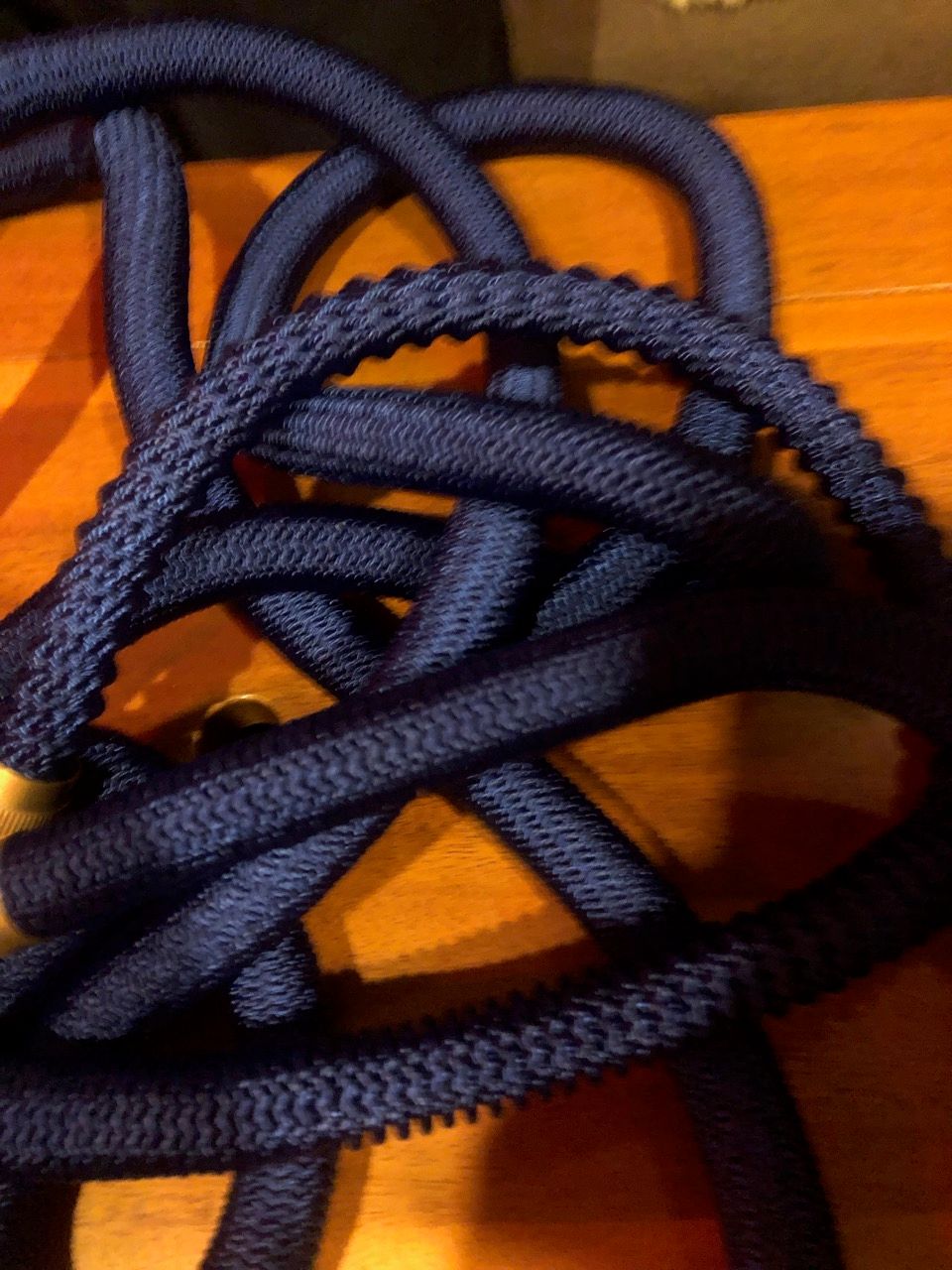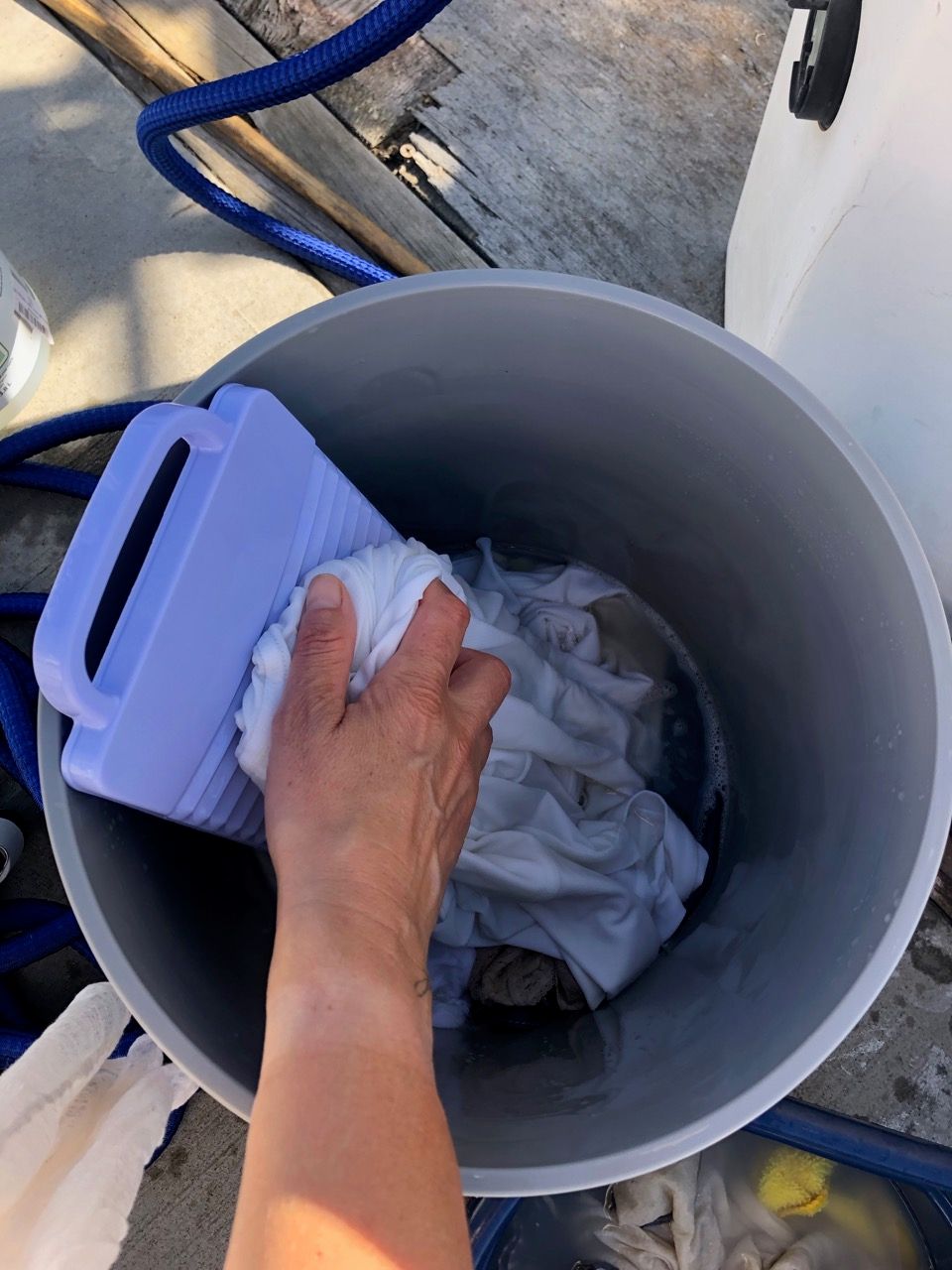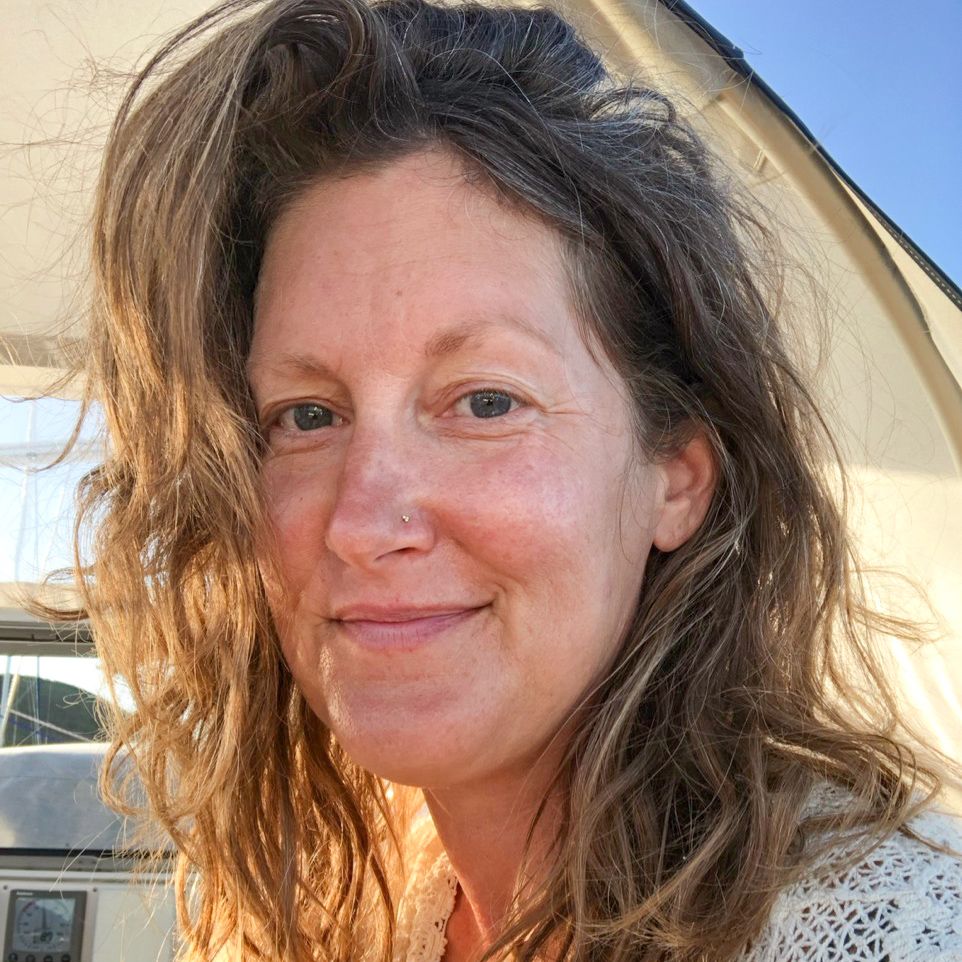
We're at our first marina that doesn't have washing machines. Turns out there are no public washing machines in the little town of La Cruz! You wash things at home or send your laundry out. Most cruising sailors in Mexico send their laundry out, and it comes back clean, neatly folded, and provides decent work for local women. I'm allergic to most laundry detergent and the Mexican ones are so heavily perfumed even James had a sneezing fit walking past a laundry place the other day. I'm also a bit of a fiend in my love for textiles and even for caring for them, so six months into cruising was the time to whip out the hand-washing kit I made a couple years ago when we still had a land home. It's FANTASTIC! I was surprised to find that I actually get our textiles cleaner than marina washing machines. I enjoy the work: it's moderate exercise, meditative, and grounding.

My Kit
- A couple of good, hard buckets. I've seen other folks use the soft sort that mush up a bit, which I bet stow nicely. I like the hard ones for keeping water really steady when I am soaking something (curtains get soaked to kill mildew every few months) or hauling liquids.
- Charlie's Soap is loved by sensitive folks and lots of parents for being scentless, highly effective, nontoxic, hypoallergenic, and biodegradable. For sailors, it's also very clean-rinsing, so needs less water, and concentrated, so it takes less space. High on my priority list for purchases when I get to the United States! They suggested the liquid, guessing that the powder would be likely to clump in the damp environment; this is also easy for hand laundry.
Disclosure: After posting this article I wrote to Charlie's Soap to them if they wanted to sponsor me. My first pitch! They sent me a nice note saying they'd "send me a freebie as thanks". We’ll never recommend a product or service that we don’t enthusiastically use and we’ll always let you know if the people or companies that make them have given us anything as thanks for mentioning them. So this post is, to my great delight, kinda sponsored by Charlie's Soap, which I've used for years. - Fels-Naptha bar soap. This product has been around since 1893. Fantastic for treating stains. Can also be used to wash off poison ivy and oak oils after exposure!
- A plastic washboard.
- A mini washboard scrubber.
- A Washing Wand. It's branded Easy Go Products Washing Wand; I don't see it on their site, but I do see it on the purchasing-behemoth-who-will-not-be-named.
- This is our new non-potable-water hose (we have a separate hose that is only used with potable water; the distinction keeps us from introducing undesirable bacteria into our water tanks.) I love this hose. Loving your gear makes it much more likely you'll DIY, which pays for itself in time. James likes to say, "Tools are free." This one is from HoseCoil. It's our second. The first was a hard plastic self-coiling hose. It ends up acting shorter than the indicated length unless you pull hard and then re-lay the coils by hand (like fixing a Slinky), and it seems to me that the kinks would not make it durable. It would be great in a location where you didn't need the full length, which would eliminate the problems I had when I pulled it hard; it's not a good fit for us since the non-potable water hose needs to reach the whole 40' boat to wash it. Their expandable 50' hose is freaking magic. I seriously look forward to washing things because I get to use the beautiful hose.
- Not pictured: rubber gloves.







How I Do It
- Stains hopefully get treated when they happen; first we try spot-washing with dish soap, since it's great with oils, then the item gets hung to dry and tossed into the laundry bag.
- On washing day, I put Charlie's Soap in a bucket, add water, add unstained clothes to bucket. Churn it up a little with the wand, then let it soak. Charlie's recommends 1oz per load, so I have this handy bottle marked in 10z increments with washi tape for when I'm at machines. A bucket load is smaller than a washing machine load; I use perhaps 1/3 that much for a bucket load.
- Rub the Fels-Naptha bar onto any stains that the dish soap didn't get. Scrub the stains until you can't see them. Heavy cotton napkins get scrubbed differently than gauzy cotton dresses or silk shirts. My stain scrubbers from mildest to strongest are: the item itself, a microfiber cloth, the washboard, the mini washboard scrubber. Let the stains soak again after scrubbing. If this doesn't work, or if it's a big grease spot to begin with, I move on to Greased Lightning Stain Remover . Charlie's soap is natural, nontoxic, and biodegradable. Fels-Naptha and Greased Lightning are absolutely not; use as little as you can and wear rubber gloves.
- If I'm washing seawater out of fabric (which is essential because salt attracts water which leads to mold), just using the wand to churn it up is plenty. I press down pretty hard, and every few pumps I stop, stick my hand into the bottom, pull that cloth up to the top, and carry on. If I'm scrubbing sunscreen-soaked or visibly dirty things, I scrub them on the washboard, which has a nice little hook on the back to hang from the edge of the bucket. A cushion under my knees and a neutral, hunched spine (press your booty back and keep your head, heart, and hips in line as if you were standing easily) are key to safe posture. Pain means your posture is not natural or safe!
- Rinse until the water comes clean. If the water stays cloudy for eons, consider using less soap and more agitation and scrubbing to get your stuff clean! I churn each rinsing round with the wand, and I learned the hard way that there's a reason you get a rinse, a spin, and a rinse again with machines! If you don't rinse properly, your fabrics will feel damp and gummy. Squeezing the water out is part of rinsing! If you are seeking to conserve water, squeezing between rinsing rounds will take a lot less water to get to clean.
- Wring thoroughly before drying, considering the kind of care to take with the fabric of each item – fine elastic fibers in swimsuits, underwear, and leggings can snap when you twist them, so press those items. Towels, napkins, hankies and such can be wrung hard with two hands. Most clothing will lose shape if you twist hard...

'joice is a good sport about being a laundry line, but her stainless steel lifelines can leave an orange rusty mark on lighter fabrics. My hanging strategy, therefore, is to layer at the pins. The grey napkins, black hankies, and rags are against the lifelines and white shirts are pinned over them. Panties and other light items are added under the stainless steel clip, so I'm getting three items per pin to minimize exposure of cloth to steel. You can see the panties in the top of post photo, but not in this one as I hang them inside, facing the boat, in consideration of my neighbors and their view. Stainless steel clothespins will need polishing at some point; I'd rather do that than buy plastic.
The bright sun and heat dry things quickly! I bring in my kit and laundry as soon as they are dry to minimize UV damage. On the other hand, I hang dry pillows and such to let the sunlight kill mold spores.
I quite enjoy this! Keys for me are to work early, before the day is hot, wearing a gauzy top and a wide-brimmed hat to keep the sun off without having to sunscreen yet; this is a moderate amount of physical effort and sweating under sunscreen is extra yuck.
Got any tips to share back? I'm new at this and grateful to learn from your experience! Love to hear from you in the comments.


